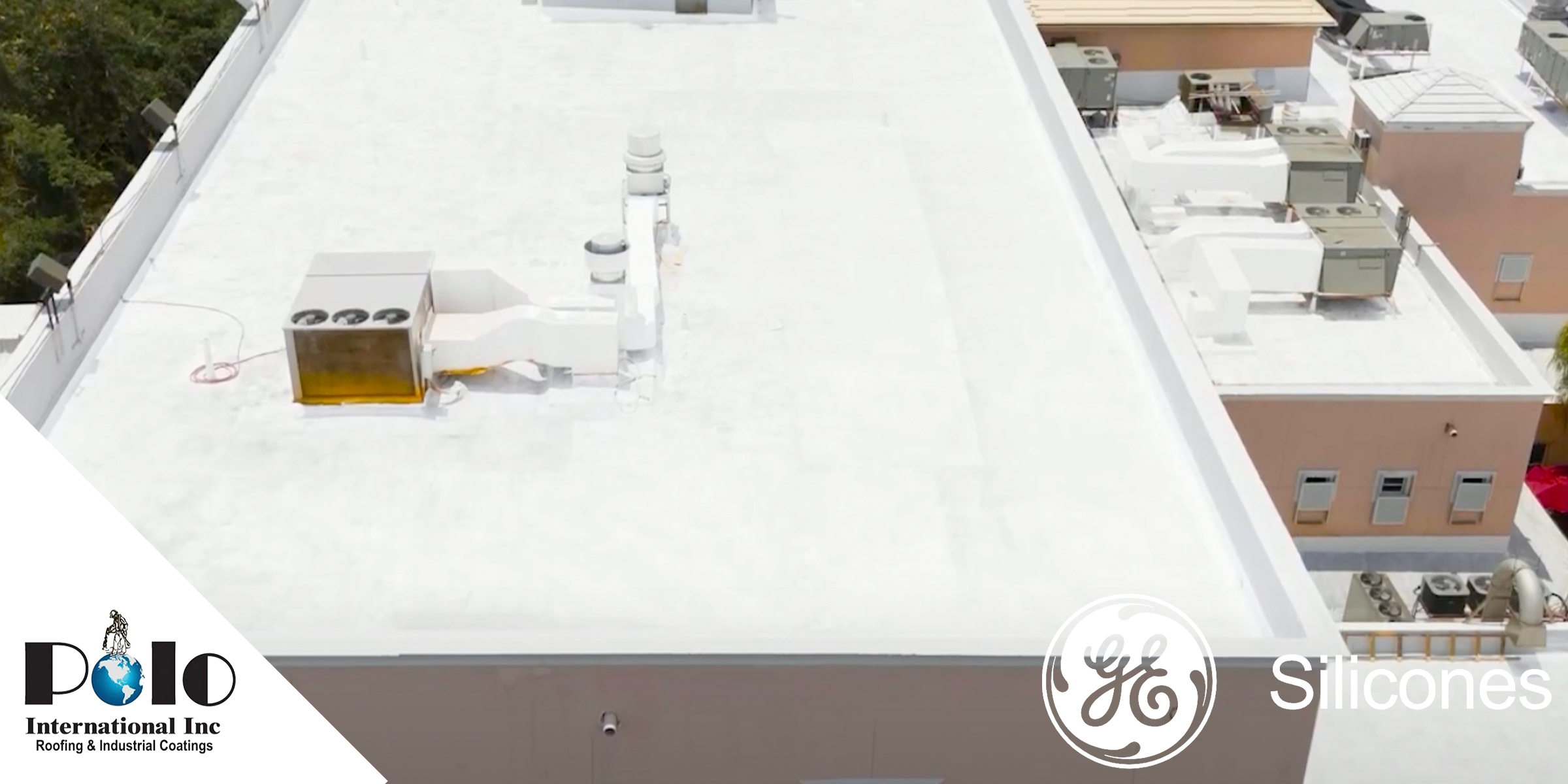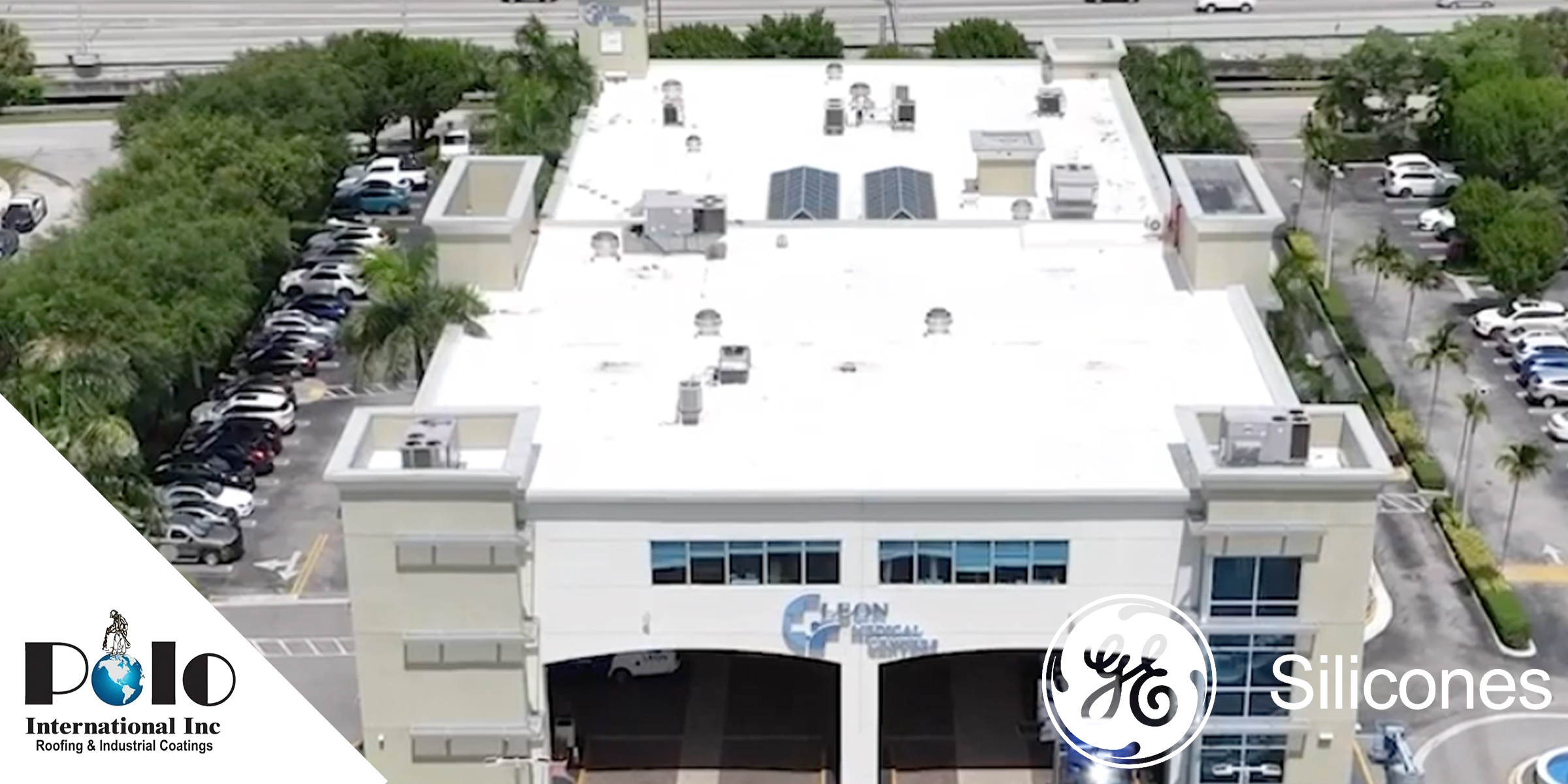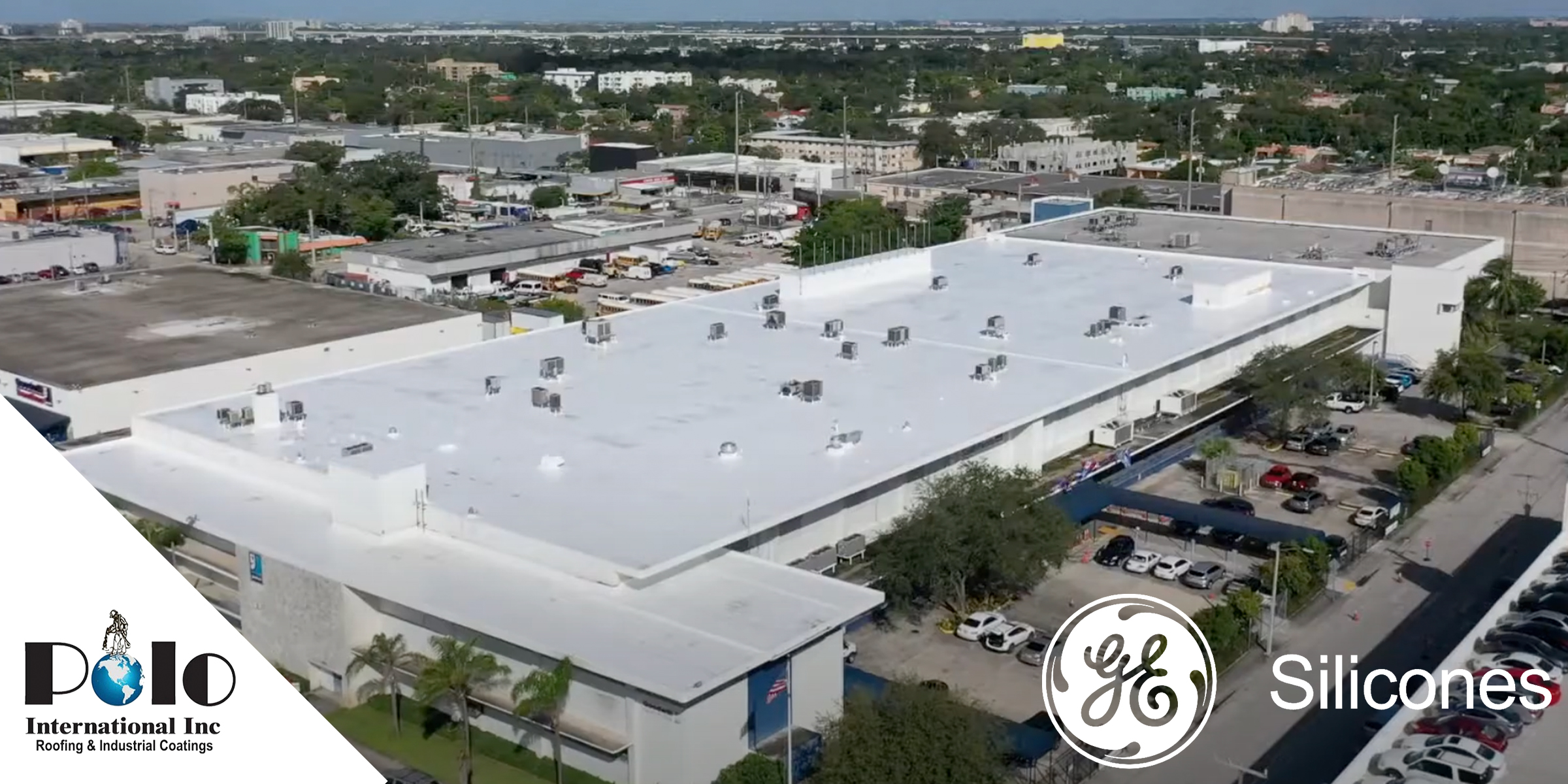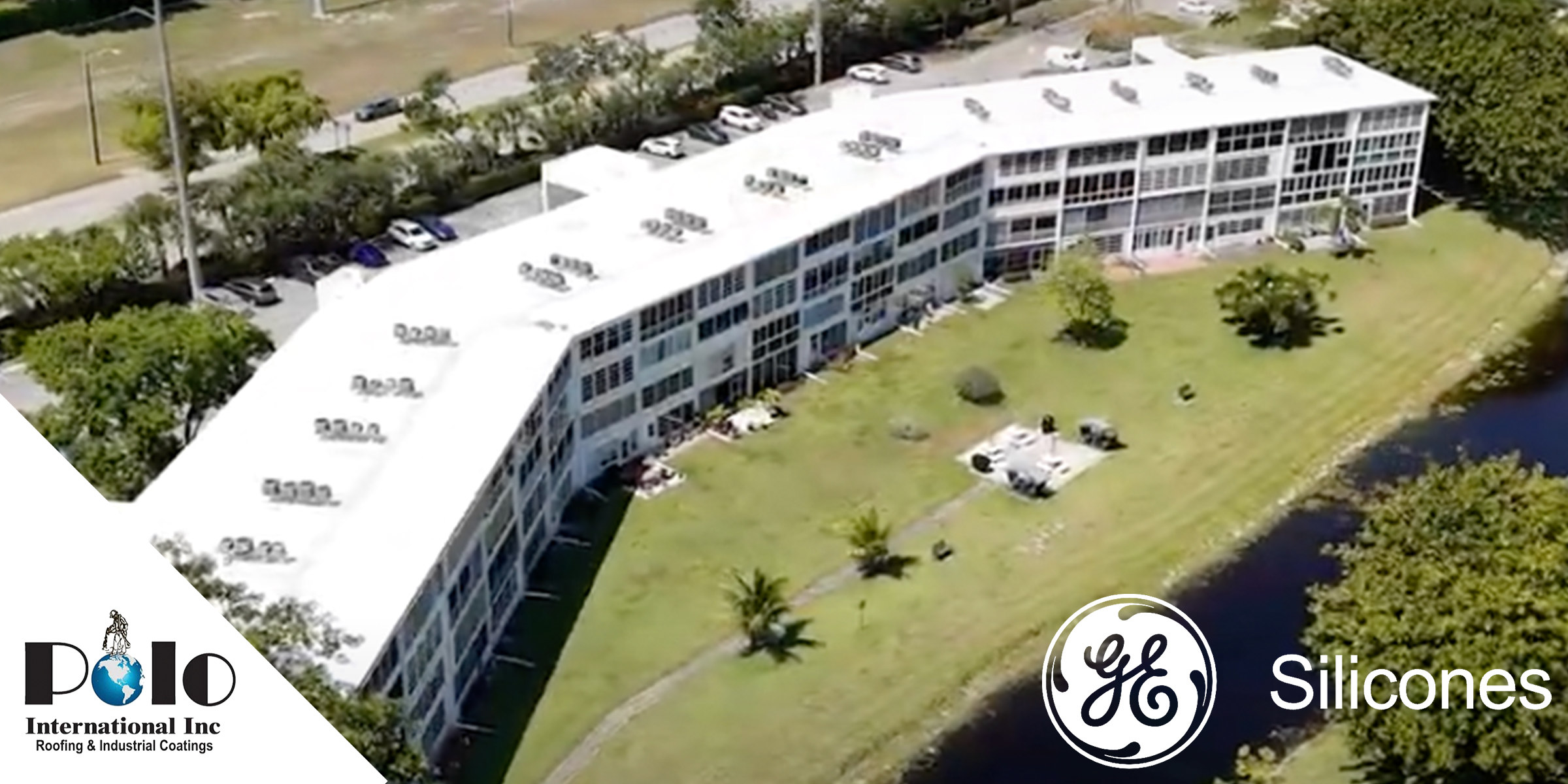
Is your commercial roof due for maintenance or replacement, and you’re unsure how to budget for it? Creating an effective roofing budget for commercial property can feel overwhelming, especially with the factors to consider, from materials and labor to long-term savings. It’s not only about solving a current issue—it’s about making a strategic investment in your building’s future.
For commercial property owners and managers, budgeting for roofing projects is critical to maintaining structural integrity and optimizing energy efficiency. Choosing cost-effective options, such as polyurethane roof coatings, can reduce energy bills and extend your roof’s lifespan. Recognizing upfront costs versus long-term savings is essential, and factors like environmental benefits, warranty choices, and current roof conditions should guide your planning.
Key Factors for an Effective Roofing Budget
A clear understanding of roofing needs helps guide financial planning. Here are essential considerations to help structure a roofing budget that ensures longevity and efficiency.
Identify Roof Type and Condition
Start by assessing your roof’s type and condition. Different materials, like built-up roofing (BUR), metal, or single-ply membranes, have unique lifespans and maintenance needs. Identifying your roof type helps determine if repairs, maintenance, or full replacement is necessary. Affordable coatings, such as polyurethane, can renew and protect various roof types, offering a cost-effective solution to prolong your roof’s lifespan.
Consider Project Scope
Once you know your roof’s condition, determine the scope of the project. Is it a minor repair, a partial restoration, or a full replacement? Scope influences costs, so consider whether you’ll need structural modifications, added drainage, or accessibility adjustments. Polyurethane coatings, for instance, provide cost-effective protection without the need for a tear-off, making them ideal for budget-conscious projects.
Weigh Long-Term vs. Short-Term Costs
When budgeting, weigh initial costs against long-term savings. Polyurethane coatings offer a low upfront cost and extend the life of many roofing systems while minimizing disruptions. Reflective options can also reduce cooling costs, generating ongoing savings. The lower initial investment combined with long-term efficiency makes coatings a wise budget choice.
Factor in Maintenance and Warranties
Regular maintenance keeps roofing costs manageable by preventing small issues from escalating. Include routine maintenance in your budget to address minor repairs early. Also, consider warranties for both materials and installation. A strong warranty, like those on polyurethane coatings, can provide peace of mind and lower future costs by covering unforeseen repairs.
Prepare for Unexpected Costs
Every roofing budget should include a contingency fund for unexpected expenses. Issues like hidden structural damage or compliance requirements can increase costs. Allocating a portion of your budget as a reserve ensures that unforeseen expenses won’t derail your project or impact your financial strategy.
Determine Financing Options
For many building owners, finding suitable financing is essential. Research financing options that align with your project scope and budget. Consider traditional loans, leasing options, or government grants for eco-friendly solutions. Proper financing options can distribute costs over time, reducing the immediate budget impact.
Explore Cost-Saving Opportunities
Look into cost-saving programs like tax benefits for energy-efficient roofs or rebates for sustainable materials. Many cool roof installations qualify for tax deductions or rebates. Staying informed about these programs can help reduce expenses and encourage investment in budget-friendly roofing options.
Building a Comprehensive Roofing Budget
Budgeting for commercial roofing is essential to managing property costs and maximizing longevity. Here’s a breakdown of key items to include:
- Routine Inspections and Maintenance – Regular inspections identify issues early and prevent major repairs.
- Project-Specific Repairs and Restoration – Budget for minor repairs and consider the cost benefits of polyurethane coatings.
- Energy Efficiency Upgrades – Reflective coatings can reduce energy costs by 7% to 15%, making them a valuable investment.
- Contingency Fund – Allocate a percentage of your budget to cover unexpected repairs or compliance costs.
- Professional Consultation Fees – Roofing professionals offer insights that optimize budgets and maintenance plans.
FAQs on Budgeting for Commercial Roofing
FAQ 1: How can I create an effective budget for my commercial roofing needs?
Start with a professional inspection to assess your roof’s condition and any immediate repairs needed. Research costs for various solutions, factoring in lifespan and warranty details. Include a contingency fund for unexpected costs, and periodically adjust your budget for market changes.
FAQ 2: Are grants available for energy-efficient roofing?
Yes, local and federal programs offer grants and rebates for energy-efficient roofing. Check for options like the Federal Investment Tax Credit, and explore whether Energy Star-rated roofing materials qualify for further incentives.
FAQ 3: What should be included in a commercial roof maintenance budget?
Include funds for routine inspections, cleanings, and minor repairs, as well as a reserve for emergency repairs. Allocate for future replacements or comprehensive restorations as the roof approaches the end of its lifespan.
Next Steps: Implementing Your Roofing Budget
Effective budgeting for commercial roofing ensures your property’s resilience, financial stability, and operational efficiency. A well-planned budget promotes regulatory compliance, environmental sustainability, and improved building performance. Invest in inspections, quality materials like polyurethane coatings, and a robust maintenance strategy to maximize long-term value and secure the integrity of your commercial property.




